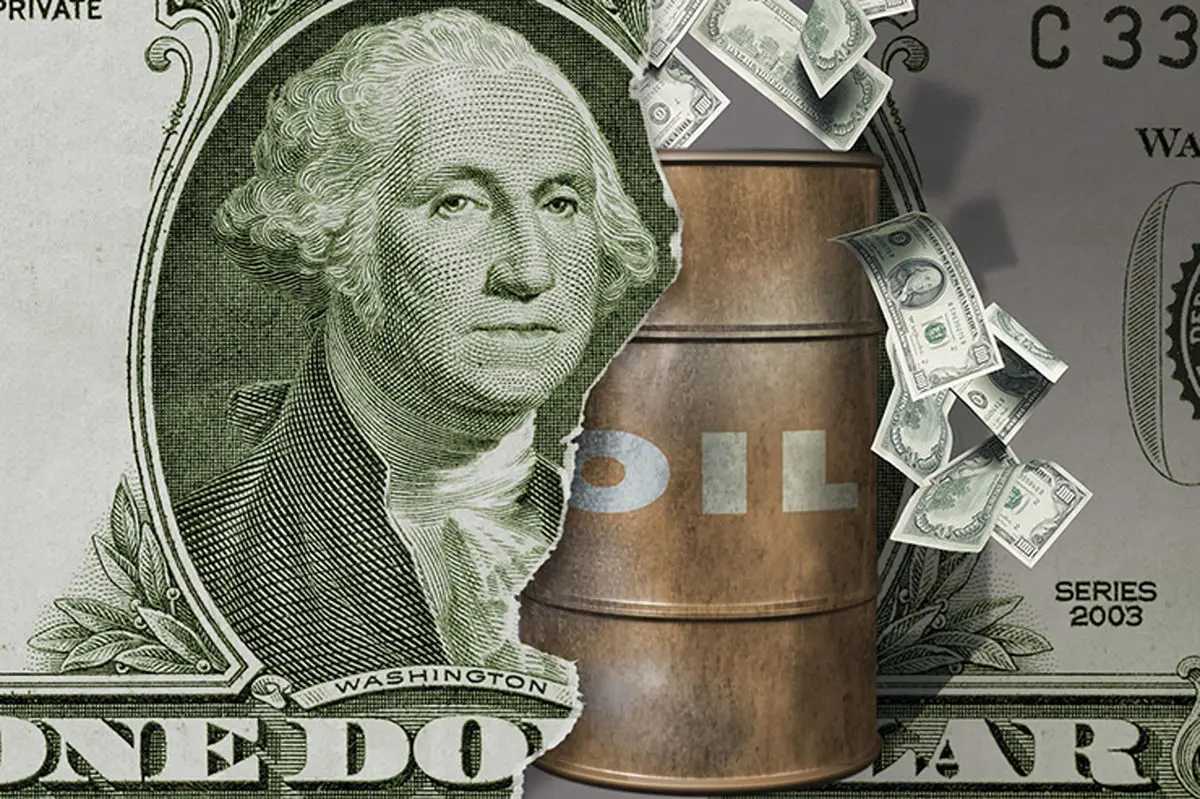Oil prices spurred higher by Trump’s Iran tweet

Oil prices rose early Monday amid a testy exchange between U.S. and Iranian leaders that underline fears about the potential for disruptions to output in the Middle East, which could lift crude futures.
President Donald Trump on Sunday tweeted an all-caps message to his Iranian counterpart, Hassan Rouhani, warning that threats against the U.S. will be met with “consequences…few in history have suffered before.” The tweet appeared to refer to comments Rouhani had made warning against hard-line U.S. policies for Iran.
September Brent crude LCOU8, +1.18% traded 91 cents, or 1.3%, higher at $73.98 a barrel on ICE Futures Europe. The global benchmark had marked a weekly loss of about 3% through Friday, logging its third straight weekly fall.
September West Texas Intermediate crude CLU8, +1.29% which became the front-month contract at Friday’s session close, added 72 cents, or 1%, at $68.95 a barrel early Monday. The August contract, the U.S. benchmark, finished Friday at $70.46 a barrel, the highest level in a week, but not enough to reverse a 0.8% weekly drop, which was also the third decline in a row.
Trump in May withdrew the U.S. from a 2015 international agreement to curb Iran’s nuclear program, setting the stage for the reimposition of economic sanctions that are expected to hinder Iran’s oil industry. Analysts have estimated up to 1 million barrels a day out of Iran’s more than 2.5 million barrels a day of crude exports could be at risk.
The May decision helped Brent climb to its highest level in over 3 ½-years, temporarily breaching the symbolic $80-a-barrel threshold. Brent is up around 54% over the last 12 months, while WTI is up roughly 51% over the same stretch.
The U.S. supply picture added to higher prices. Oil-field services firm Baker Hughes BHGE, +0.69% said Friday the number of U.S. oil rigs, a proxy for oil activity, fell by 5 this week to 858. The rig count is up 94 from a year ago, when there 764 rigs.
At the same time, prices have been tempered by rising supply from the Organization of the Petroleum Exporting Countries—led by Saudi Arabia—and producing allies like Russia following a decision in late June to begin ramping up output after more than a year of holding back production.
That and other “neutralizing factors,” including the “escalation of the global trade conflict and possible negative effects on oil demand,” have limited the market’s reaction to the latest threats by Trump against Iran, according to analysts at Commerzbank.
END
